LC/UPC DWDM Overview:
LC/UPC DWDM (full name: Dense Wavelength Division Multiplexing) is an optical multiplexing technology used to increase bandwidth over existing fiber networks.
– DWDM works by combining and transmitting multiple signals simultaneously at different wavelengths on the same fiber. The technology creates multiple virtual fibers, thus multiplying the capacity of the physical medium.
– WDM has revolutionized the cost per bit of transport.
– DWDM, fiber networks can carry multiple Terabits of data per second over thousands of kilometers – at cost points unimaginable less than a decade ago. State-of-the-art DWDM systems support up to 192 wavelengths on a single pair of fiber, with each wavelength transporting up to 100Gbit/s capacity – 400Gbit/s and one Terabit/s on the horizon.
1.LC/UPC Introduction:
- Brief overview of the 8-channel LC/UPC system.
2. LC/UPC Connectors:
- Explanation of LC (Lucent Connector) connectors and UPC (Ultra Physical Contact) connectors.
- Discuss their importance in optical networking.
3. 8-Channel Configuration:
- Detailed description of the 8-channel setup.
- How channels are organized and managed.
4. Optical Fiber Infrastructure:
- Overview of the optical fiber network supporting the 8-channel system.
- Types of fiber cables used.
5. Transmission Protocols:
- Explanation of the transmission protocols utilized in the system.
- Emphasis on efficiency and reliability.
6. Signal Modulation Techniques:
- Discussion of modulation techniques employed for transmitting data through the channels.
- Highlighting factors like speed and accuracy.
7. Performance Metrics:
- Metrics used to evaluate the performance of the 8-channel LC/UPC system.
- Factors such as data rate, latency, and signal quality.
8. Applications:
- Real-world applications where the 8-channel LC/UPC system is utilized.
- Examples in telecommunications, data centers, etc.
9. Advantages:
- Advantages offered by the 8-channel LC/UPC system over alternative solutions.
- Scalability, reliability, etc.
10. Challenges and Solutions:
- Challenges faced in implementing and maintaining the system.
- Solutions or strategies to overcome these challenges.
11. Future Trends:
- Predictions or emerging technologies that could impact the future of 8-channel LC/UPC systems.
LC/UPC Advantage:
-Small and light, Industrial, can be placed flexibly;
– Plug and play, easily install and maintenance, no need any configuration;
– Zero transmission delay, improve transmission performance, support further distance;
– For passive fiber optic networks, no need power, high reliability, support outdoor application;
– Be transparent to any service signals, it can support FE/GE/10GE/25GE/100GE, OTU1/OTU2/OTU3, FC1/2/4/8/10, STM1/4/16/64, …;
Key Features:
– Low Insertion loss
– Standard ITU channel
– High channel isolation
– Epoxy-free Optical path
| Specification | Description |
|---|---|
| Connector Type | LC (Lucent Connector) UPC (Ultra Physical Contact) |
| Number of Channels | 8 |
| Fiber Type | Single-mode or multimode |
| Channel Wavelength Range | 1260nm – 1625nm (Typical) |
| Insertion Loss | ≤ 0.3 dB |
| Return Loss | ≥ 50 dB |
| Crosstalk | ≤ -50 dB |
| Channel Spacing | 20nm (Typical) |
| Maximum Transmission Distance | Varies based on fiber type and optical power |
| Operating Temperature Range | -40°C to +85°C |
| Connector Durability | ≥ 500 cycles |
| Compliance | Telcordia GR-326-CORE, RoHS |
| Applications | Telecommunications, Data Centers, Optical Fiber Networks, High-Speed Data Transmission |
For more: Click here

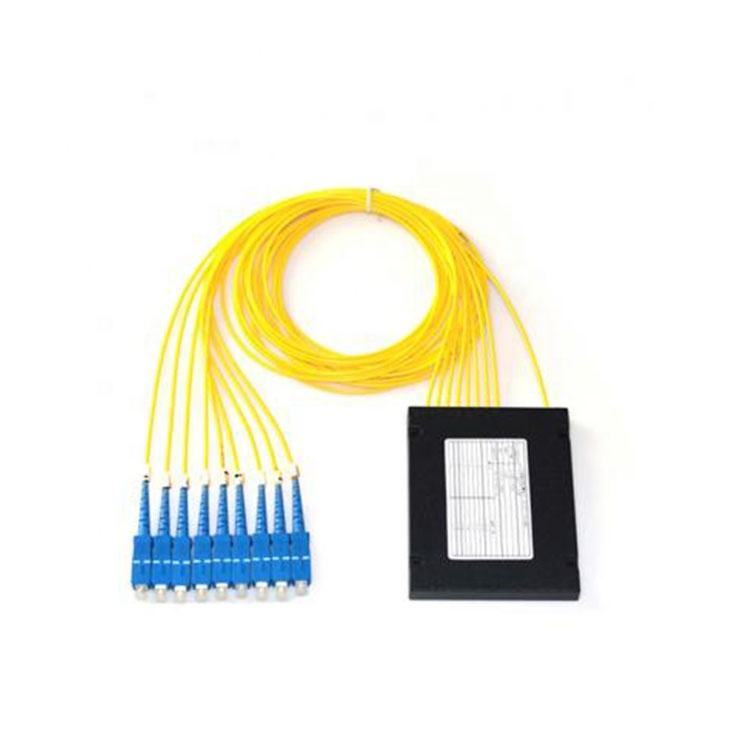
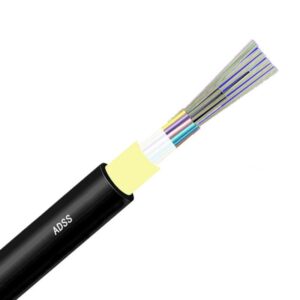
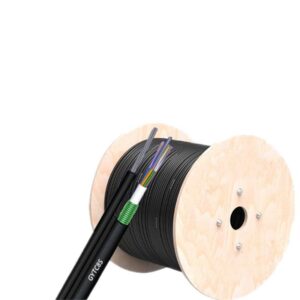
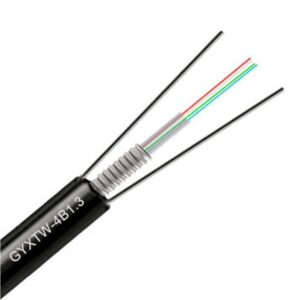
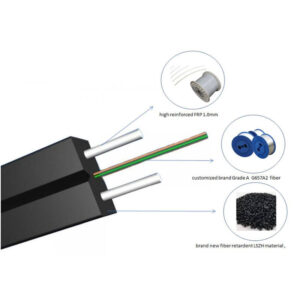
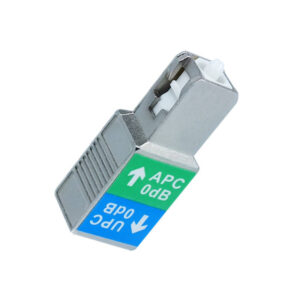
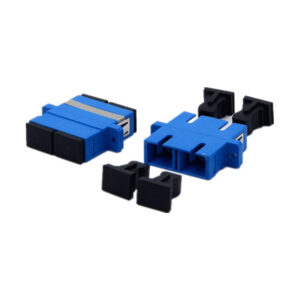
Reviews
There are no reviews yet.